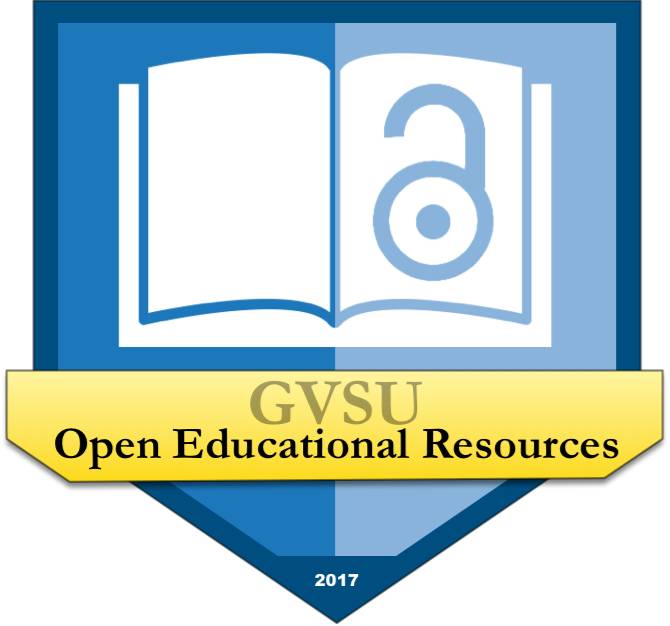Open with Purpose: Open Access Week 2020
Permanent link for Open With Purpose: How do Open textbooks and OER remove barriers to learning? on October 21, 2020
The cost of textbooks is a persistent source of inequity. In 2019, two thirds of students polled by University Libraries and Student Senate reported skipping at least one required textbook due to the cost, a number matched in national surveys of undergraduates. Students often overcome the lack of required material by borrowing from a classmate or using a print copy from their library’s course reserves. Even though technology enables us to share more information at a lower cost than ever before, commercially-published digital textbooks can easily lead to more inequity, thanks to single-user access codes, time-limited digital rentals, and other barriers.
COVID-19 underlines one particular barrier: many of the largest textbook publishers refuse to sell digital textbooks to libraries for online course reserves or digital lending. Earlier this summer, the GVSU Libraries issued a Statement on Textbooks in the Library Collection, based on one by librarians at the University of Guelph, which points out that this barrier impacts all of higher education. Commercial publishers like Pearson, Cengage, and McGraw-Hill, among others, have the technology and resources to enable affordable, flexible access to course materials, but they choose not to do so.
Open Access course materials and Open Educational Resources (OER) offer an alternative, one which takes advantage of technology to lower the financial barriers to knowledge instead of raising them. OER, like the GVSU-authored textbooks and teaching tools published through the GVSU Libraries, are free to read, download, and share, and include permissions allowing educators and students to modify, improve, and customize the materials. OER can be printed and many are available for purchase as traditional print textbooks, but they’re also available to anyone with an internet connection and computer or smartphone. Additionally, OER provide a path to publishing for works that commercial publishers aren’t interested in, like Emeritus Professor of Mathematics Ted Sundstrom’s Mathematical Reasoning: Writing and Proof. When the original publisher decided it was no longer profitable, Sundstrom negotiated to get his copyright back, and republished the textbook as an OER. Since then, the “no longer profitable” book has been downloaded nearly 200,000 times, and is used in mathematics programs across the U.S.
We have the technology to make educational materials more equitable, affordable, and sustainable. Don’t let the commercial textbook market use technology to make an already-inequitable system worse. Talk to a librarian to explore OER today!

